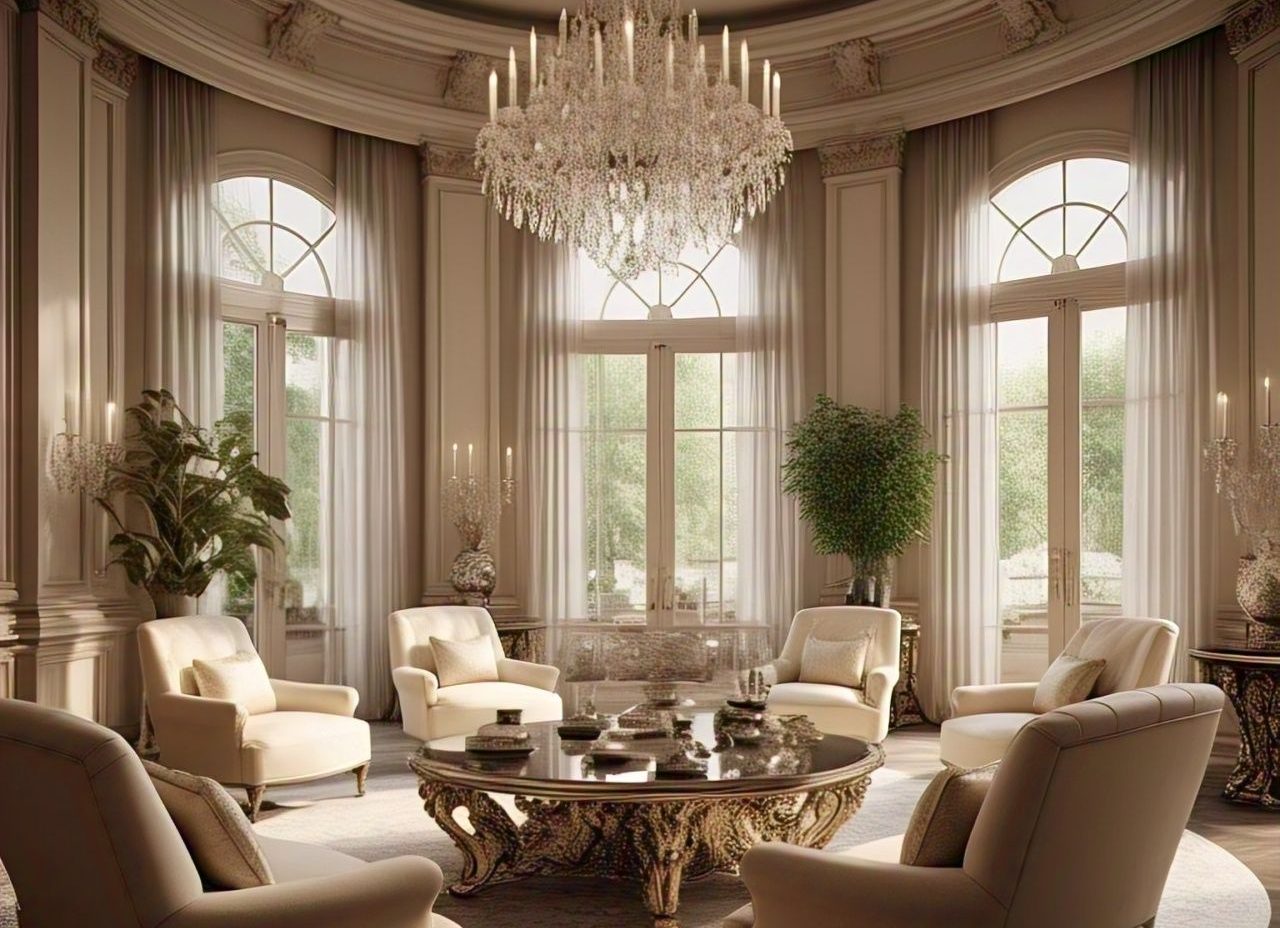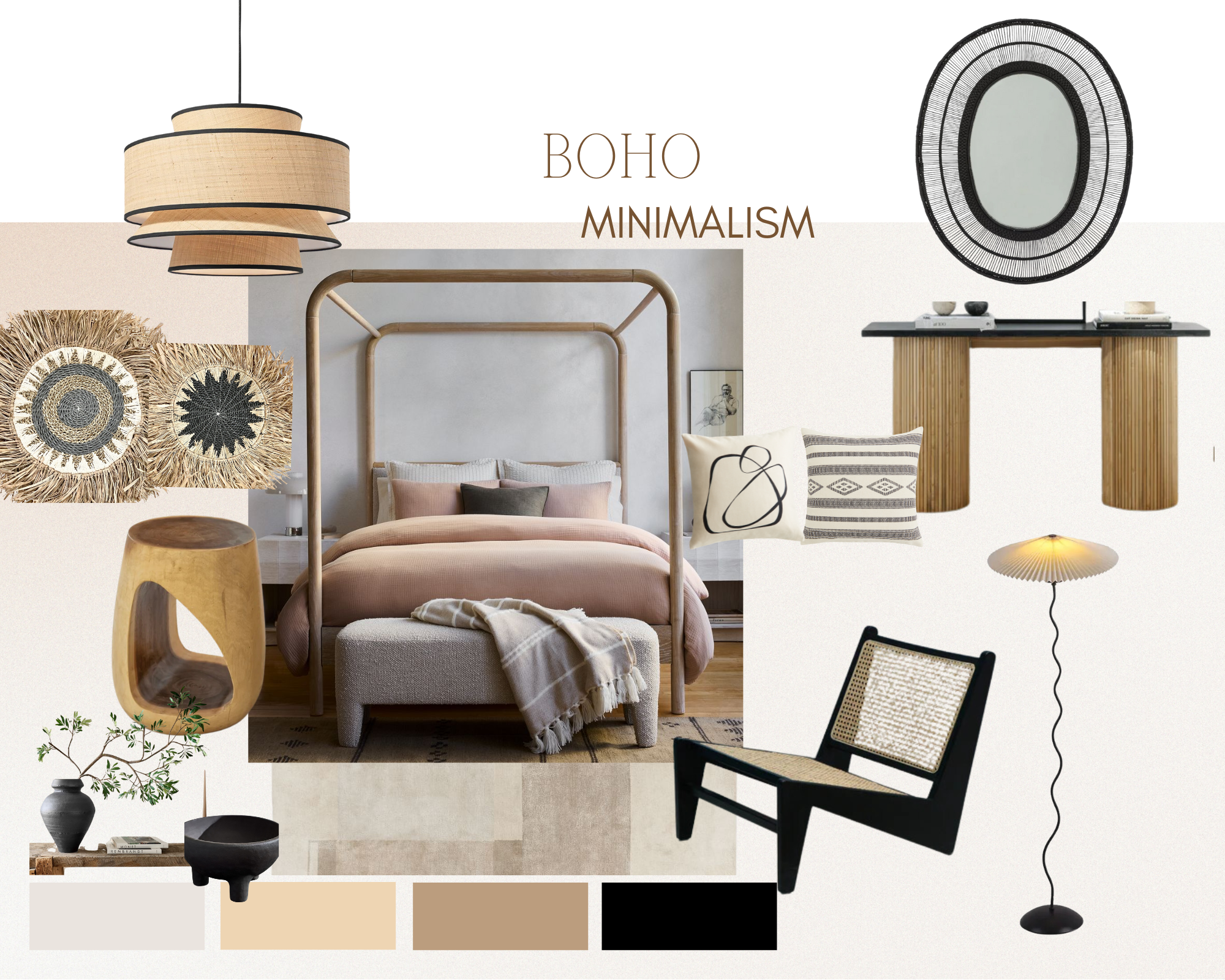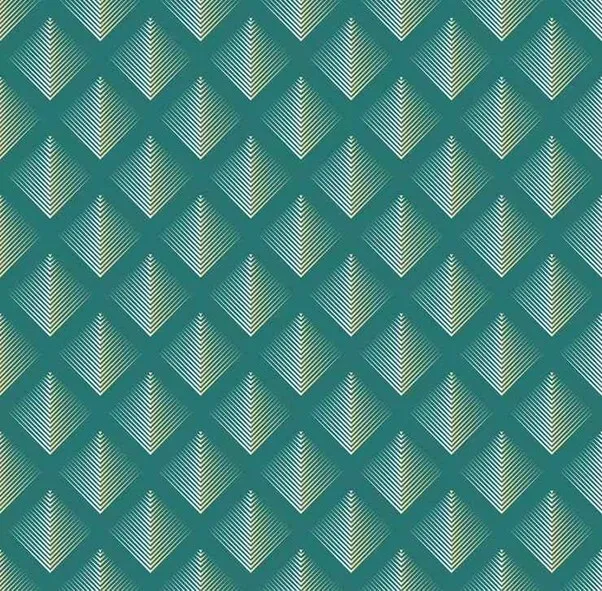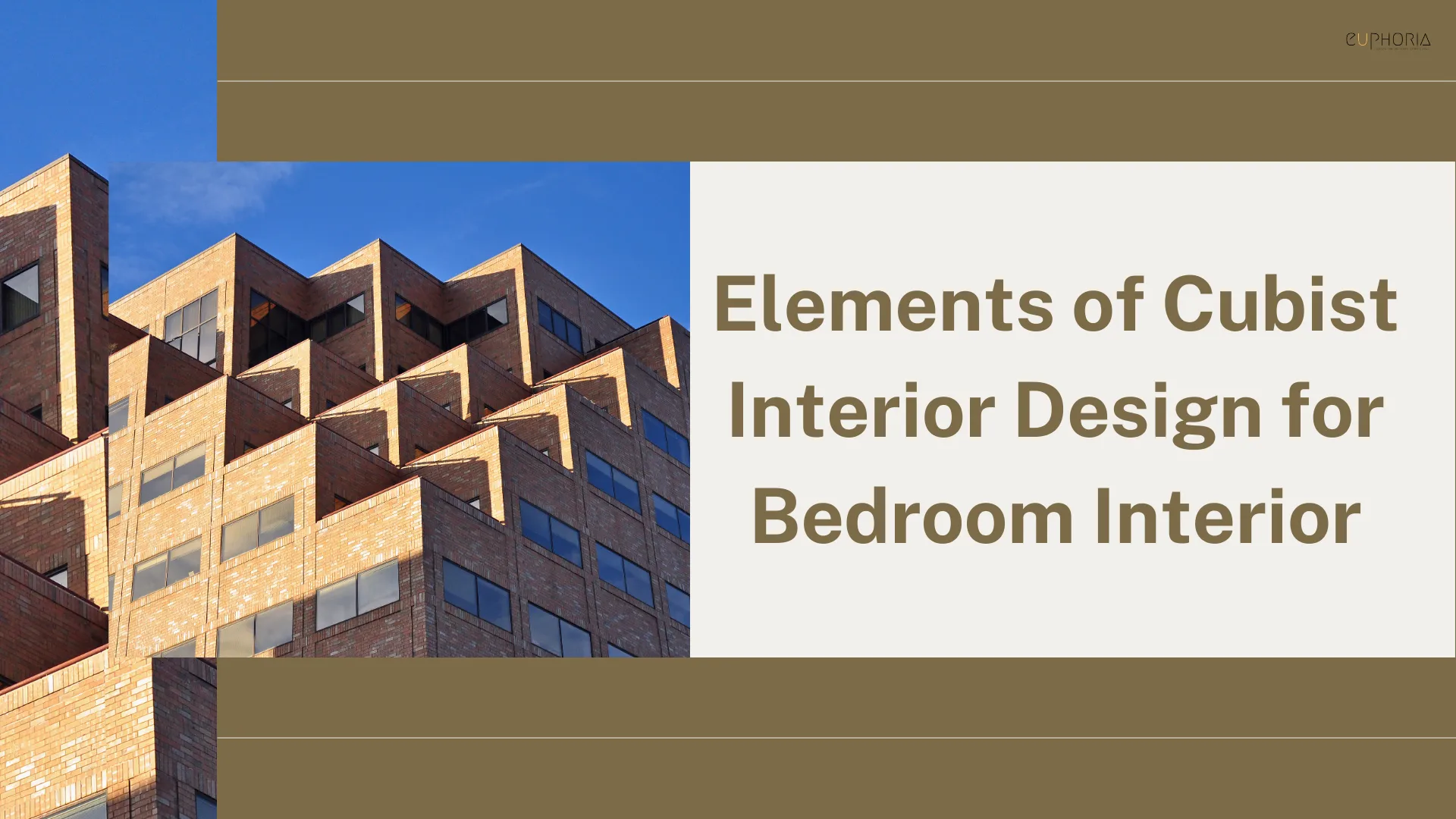Do you ever think that your home can have more life, some calm, or a stronger connection? What if your home could give you life just as much as you give it life? This is where biophilic design comes in. This idea is all about bringing nature inside to make places that are good for our minds, bodies, and souls.
These days, people mostly live in cities and use screens, but biophilic design is becoming a strong solution. This method turns homes into places where people can relax and feel good because it comes from our natural desire to connect with nature. Let us talk about why this style is so popular and how you can use it in your own home.
What biophilic design is and why it matters in your home
What does biophilic design mean?
It’s not enough to just add plants to your area; biophilic design is a way of thinking about how to bring nature into our built environments. This design concept emphasizes natural light, fresh air, organic materials, and living plants. It comes from the Greek word “biophilia,” which means “love of life.” This helps connect the inside and outside worlds, making our houses more harmonious and balanced.
Biophilic design not only makes things look better, but it also makes us healthier by focusing on natural elements. It can improve your happiness, make you more productive, and inspire you to be creative. This makes it a game-changer for home settings.
Problems that most people have when they don’t have biophilic elements
We often feel disconnected, worried, and tired when there aren’t any natural elements in our homes. Not getting enough sunshine can mess up our circadian rhythms, making it hard to sleep and giving us little energy. Indoor air that is too old and fake materials can make us feel stuck and can even have an effect on our mental health.
These problems can be solved by using biophilic design, which adds life, fresh air, and peace to our surroundings.
Important Points:
- Lack of sun and bad air quality make people more stressed and tired.
- Using man-made things can have bad effects on your body and mind.
- Adding nature to a space makes it more relaxing and healing.
Ways to Bring Nature Inside Your Home
Using Natural Light: What the Sun Can Do for You
Lack of natural light in the home can make it feel suffocating. But natural light is good for your mood. To let more light into the room, add bigger windows, skylights, or glass doors. Another way to make light brighter is to use mirrors to bounce it around the room.
Important Points:
- Use big windows or glass doors to let in as much light as possible.
- Use mirrors to make dark places brighter.
- The energy and mood are lifted by natural light.
Plants are natural ways to decorate that add green to any room.
Green plants are the best way to bring life into a room. Pick plants that do well in a range of situations. For example, snake plants do well in low light, ferns do well in damp places, and succulents do well in sunny spots. Having even a small pot of herbs in the kitchen can make it feel more fresh.
Important Points:
- To make things more interesting, use plants like peace lilies, succulents, and flowers.
- Place plants in each room based on how much light it gets.
- Greenery makes things look better and cleans the air.
Putting down floors and making furniture out of natural materials
Even though synthetic materials last a long time, they are not as warm or long-lasting as stone, wood, bamboo, or cork of any kind. Natural materials make the air inside better and give a room a classic, earthy look.
Important Points:
- For long-lasting style, choose materials like stone and wood.
- Using natural things inside makes the air better.
- They look nice and last a long time.
Features of water: Making Sounds and Views That Calm
The soft sound of water can quickly make a place feel calm. Small water features like fountains, aquariums, or even tabletop waterfalls can make your home feel calm and peaceful, which is good for your mind and body.
Important Points:
- Adding small water features will help you relax.
- Running water helps you concentrate and relax.
- It connects you to nature in a physical way.
Color schemes for living things: Earthy tones to help you relax
We don’t know how much color can change our mood. Use soft, neutral colors instead of harsh, bright ones, like greens, browns, and tans. These colors look like things found in nature, making the space feel calm and welcoming.
Important Points:
Greens, browns, and neutrals will give your room a natural look.
Overstimulation and worry are lessened by earthy tones.
Pick colors that are relaxing and fit the goal of each room.
Textural Variety: Bringing the Feel of Nature Inside
There is something boring about flat surfaces. But natural textures, like rattan furniture, linen throws, or stone finishes, give a room depth and personality. When you mix textures, you get a pleasing blend that makes you feel things.
Important Points:
- Use things like stone, linen, woven boxes, and so on.
- Textures add depth and feel good to the touch.
- For a balanced design, use a mix of different textures.
Biophilic Design according to different room
The living room is a natural haven.
You can make your living room feel more like a home by adding wooden furniture, soft lighting, and plants with lots of leaves. Natural fiber rugs should be layered, and seats should be set up in a way that makes sense and connects you with nature.
Important Points:
For a cozy feel, use plants and wooden furniture.
Soft lighting makes it easier to relax.
Place the furniture so that it flows and looks good.
In the kitchen, you can bring the outdoors inside.
Adding herb plants, stone countertops, and natural wood accessories to your kitchen will make it more biophilic. The room stays fresh and lively with natural light and good air flow.
Important Points:
Having a herb garden makes food taste better.
Natural materials, like stone, make things last longer and look better.
Ventilation makes cooking more enjoyable.
Bedroom: Nature’s Solace for a Good Night’s Sleep
Use wooden furniture, soft fabrics, and plants to clean the air to make a relaxing space. To make a peaceful place good for sleeping, pick earthy colors and soft lighting.
Important Points:
Choose natural sheets and frames made of wood.
Plants that clean the air will help you sleep better.
Calming tones make the space feel calm.
Bathroom: A Place to Relax Like a Spa
With stone tiles, wooden details, and lots of plants, you can turn your bathroom into your own private paradise. Large windows or glass screens let in natural light, which makes the room feel bigger and more open.
Important Points:
For a spa-like feel, use natural materials.
Plants bring life and warmth to a room.
Make the most of natural light to create a relaxing atmosphere.
A home office can be a productive and energizing place.
A biophilic office can help you concentrate and get things done. To stay inspired and calm, add plants, make natural light a priority, and pick furniture made from eco-friendly materials.
Important Points:
To help you concentrate, use trees and light.
A green office is made with eco-friendly materials.
A biophilic office makes people less stressed and more creative.
Overcoming Problems When Putting Biophilic Design into Practice
Bringing nature into smaller homes when space is limited
Vertical gardens, planters that you can put on the wall, and small furniture can all help you bring nature into small rooms. For the most usefulness without sacrificing style, choose pieces that can be used in a variety of ways.
Important Points:
To add greenery to a small area, use vertical gardens.
Multi-use furniture helps you save room.
Small home styles stay on trend with compact designs.
Concerns about maintenance: Taking Care of Biophilic Elements
Pothos and ZZ plants are great for people who are worried about taking care of their plants. Automated watering systems can also make care easier while still making sure your plants do well.
Important Points:
For ease, choose plants that don’t need much care.
For ease of use, automate watering systems.
With regular care, you can bring nature inside.
Limits on the budget: Cheap Tips for Biophilic Design
It’s not necessary to spend a lot of money on biophilic design. You can make a big change without spending a lot of money by reusing old furniture, making your own plant setups, and getting decorations from thrift stores.
Important Points:
Do-it-yourself projects save money and add style.
Thrifted furniture is a beautiful way to save money.
Upcycling helps the environment and saves money.
To sum up,
Biophilic design isn’t just a trend; it’s a way of life that is very good for your health and home. Adding natural elements to your home can make it a peaceful and healthy place to live, whether you start small with a few plants or do a complete makeover. Today is the first day you can make your home greener and healthier.
FAQs
What does biophilic design mean?
Light, plants, and natural materials are some of the natural elements that biophilic design brings into homes to make people feel better and connect them to nature.
What steps should I take to start adding biophilic elements?
Start with small changes, like putting in plants, using natural materials, and making the most of natural light.
How much does biophilic design cost?
Not always, though! The same effect can be achieved for less money through do-it-yourself projects, upcycling, and thrift store art.
Which plants do you think do best in places with little light?
Snake plants, pothos, and ZZ plants do well even in dark parts of your home because they don’t need much light.




